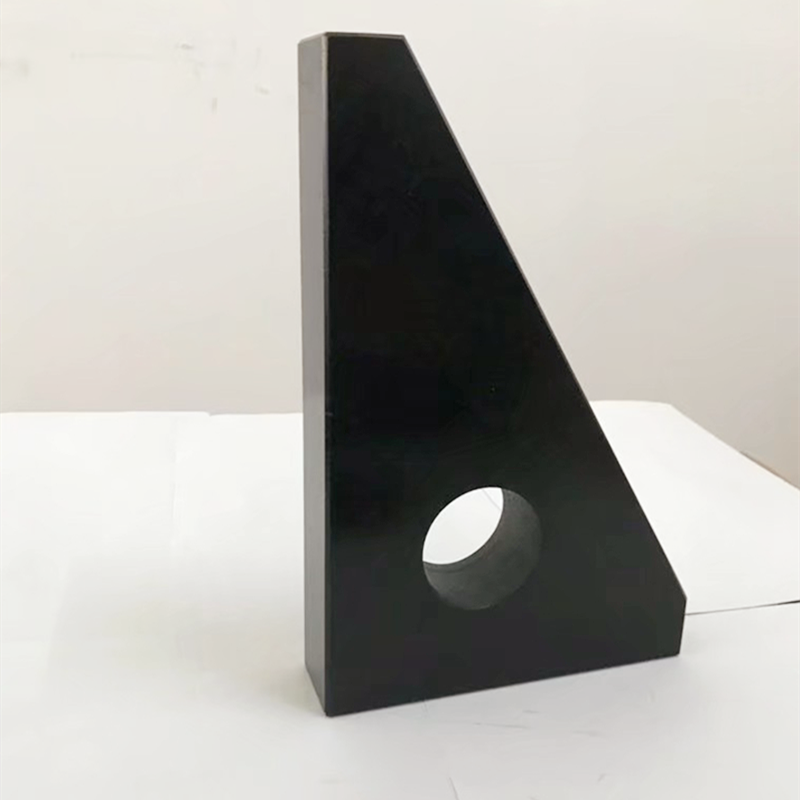Ago . 16, 2024 14:01 Back to list
Exploring Various Categories of Check Valves and Their Applications
Different Types of Check Valves
Check valves are crucial components in various fluid systems, enforcing a one-way flow of liquid or gas. Their design ensures that fluid flows in only one direction, preventing backflow that could damage equipment or compromise system integrity. In this article, we will explore different types of check valves, their mechanisms, applications, and advantages.
1. Swing Check Valve
The swing check valve is one of the most common types. It features a disc that swings on a hinge or trunnion. When fluid flows in the correct direction, the disc swings open, allowing the flow. If there is a backflow, the disc swings back to a closed position, preventing reverse flow. Swing check valves are ideal for applications with high flow rates and low pressure drops, making them suitable for water, oil, and gas systems.
2. Lift Check Valve
The lift check valve employs a disc that is lifted off its seat when the fluid flows in the proper direction. Unlike the swing check valve, where the disc pivots, the lift check valve's disc moves vertically. This type is well-suited for applications where space is constrained, as they can be installed in a vertical pipeline. They are typically used in piping systems where solid particles are less likely to be present, such as in hygienic applications.
Diaphragm check valves utilize a flexible diaphragm to regulate flow. When fluid moves in the proper direction, the diaphragm flexes to open, allowing fluid passage. In the event of backflow, the diaphragm returns to its original position, sealing off the flow. This type of valve is advantageous for ensuring a tight seal and is often used in applications like water treatment and food processing, where hygiene and contamination prevention are paramount.
different types of check valves

4. Ball Check Valve
The ball check valve operates with a spherical ball that rests on a seat. When there is fluid flow, the ball is pushed away from the seat, creating an opening. Backflow causes the ball to return to the seat, sealing it off. Ball check valves are noted for their ability to seal effectively and are typically used in applications involving high pressures and severe service conditions, including certain industrial applications.
5. Dual Plate Check Valve
This innovative design consists of two plates that open and close against each other. The dual plate check valve is lightweight and compact, making it suitable for a variety of conditions. When fluid flows through, the plates are pushed apart, allowing flow. When backflow occurs, the plates return to their seat, preventing reverse flow. This check valve type is commonly found in larger pipe systems and is effective in minimizing pressure losses.
6. Non-Slam Check Valve
A non-slam check valve is designed to prevent the sudden closure of the valve, which can cause water hammer—a damaging pressure surge within pipes. These valves utilize a mechanism that gradually slows down the closure of the disc, mitigating pressure spikes. They are often used in high-speed and high-volume applications such as pump discharge lines, irrigation systems, and municipal water systems.
Conclusion
Understanding the different types of check valves is essential for selecting the right valve for specific applications. Each valve type has its unique features, benefits, and ideal use scenarios. By choosing the appropriate check valve, industries can ensure system efficiency, reliability, and longevity while minimizing the risk of backflow and related issues. As technology continues to evolve, we can expect further advancements in check valve designs, enhancing their functions and applications in fluid systems worldwide.
-
Welding Table Cast Iron Surface Finish GuideNewsJul.01,2025
-
Valve Types for Industrial ApplicationsNewsJul.01,2025
-
Types of Strainer for Industrial ApplicationsNewsJul.01,2025
-
Types of Bore Gauge for Precision MachiningNewsJul.01,2025
-
Safety Standards in Welding Fabrication Table Manufacturing ProcessesNewsJun.30,2025
-
Impact of Temperature Fluctuations on Ring Gauge AccuracyNewsJun.30,2025
Related PRODUCTS









